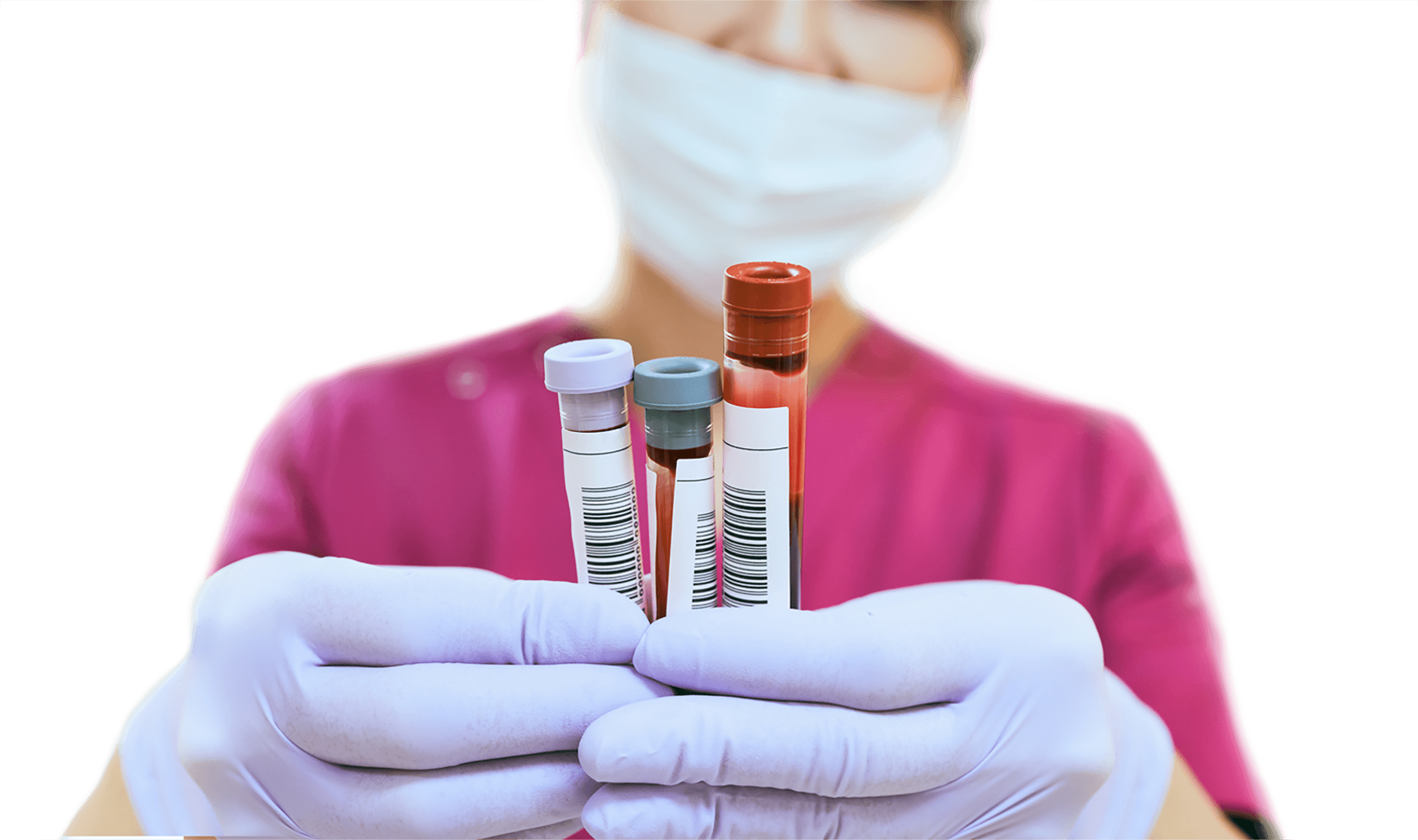
Confirmatory genetic testing may be appropriate for anyone with a suspected LC-FAOD diagnosis1
DIAGNOSING LC-FAOD
LC-FAOD is very rare; there are only an estimated 10-15 births per year with a confirmed diagnosis in Canada.1,2 There is an estimated prevalence of 1 in 100,000 in Canada.3-5*
Onset of LC-FAOD symptoms typically occurs during the neonatal period and infancy. However, some patients with slower disease progression may NOT be diagnosed or diagnosed at a later age.6,7
Confirmatory genetic testing may be appropriate for anyone with a suspected LC-FAOD diagnosis based on clinical symptoms, laboratory findings, or a combination of both.8
Screening of genes involved in LC-FAOD—ACADVL, CPT1A, CPT2, HADHA, HADHB, and SLC25A20—are commercially available. Certain LC-FAOD types may require additional mutational analysis.9
*LC-FAOD is a rare disease with limited epidemiological data; therefore, estimates provided here are based on internal data and market research.
Learn more about a program offering no-charge genetic testing to eligible patients suspected of having an LC-FAOD.
NEWBORN SCREENING/TESTING FOR LC-FAOD10
Turnaround times are estimates only and may vary based on testing facility.
Newborn screening has only been available across all provinces and territories since 201811-14
A screening gap persists for CPT I, CPT II, and CACT in several provinces and territories
| VLCAD | LCHAD | TFP | CPT I | CPT II | CACT | Start Date | |
|---|---|---|---|---|---|---|---|
| Newfoundland |  |
 |
 |
 |
 |
 |
|
| PEI |  |
 |
 |
 |
 |
 |
2015 |
| Nova Scotia |  |
 |
 |
 |
 |
 |
2005 |
| New Brunswick |  |
 |
 |
 |
 |
 |
2014 |
| Quebec |  |
 |
 |
 |
 |
 |
2018 |
| Ontario |  |
 |
 |
 |
 |
 |
2006 |
| Manitoba |  |
 |
 |
 |
 |
 |
2010 |
| Saskatchewan |  |
 |
 |
 |
 |
 |
2009 |
| Alberta |  |
 |
 |
2007 | |||
| British Columbia |  |
 |
 |
2009 | |||
| Yukon |  |
 |
 |
||||
| Northwest Territories |  |
 |
 |
||||
| Nunavut |  |
 |
 |
 * * |
 * * |
 * * |
*Excluding the Kitikmeot region.
Pediatric mortality was up to 29% in the United States, even with newborn screening15,16
References
1. Newborn Screening Ontario. 2018. Accessed December 18, 2020. https://www.newbornscreening.on.ca/sites/default/files/2018_nso_annual_report_public_final.pdf. 2. Data on file. Ultragenyx Pharmaceutical, Inc. 3. Statistics Canada. Live births, by place of residence of mother. January 12, 2021. Accessed January 12, 2021. https://www150.statcan.gc.ca/t1/tbl1/en/tv.action?pid=1310041401. 4. Merritt JL II, Vockley J. Overview of fatty acid oxidation disorders. UpToDate. Updated September 18, 2020. Accessed January 8, 2020. https://www.uptodate.com/contents/overview-of-fatty-acid-oxidation-disorders. 5. Statistics Canada. Population estimates. October 1, 2020. Accessed December 18, 2020. https://www150.statcan.gc.ca/t1/tbl1/en/tv.action?pid=1710000901. 6. Saudubray JM, Martin D, de Lonlay P, et al. J Inherit Metab Dis. 1999;22(4):488-502. 7. Yamada K, Taketani T. J Hum Genet. 2019;64(2):73-85. 8. Knottnerus SJG, Bleeker JC, Wüst RCI, et al. Rev Endocr Metab Disord. 2018;19(1):93-106. 9. Fatty Acid Oxidation Defects Panel. Invitae website. https://www.invitae.com/en/physician/tests/06165/. Accessed February 6, 2020. 10. Wajner M, Amaral AU. Biosci Rep. 2015;36(1):e00281. 11. Canadian PKU and Allied Disorders Inc. (2015). Newborn Screening in Canada Status Report. https://www.raredisorders.ca/content/uploads/Canada-NBS-status-updated-Sept.-3-2015.pdf. 12. Gouvernement du Québec. (2023). Blood and Urine Screening in Newborns. https://www.quebec.ca/en/health/advice-and-prevention/screening-and-carrier-testing-offer/blood-and-urine- screening-newborns#c197749. 13. Data on file. Ultragenyx Pharmaceutical, Inc. 2024. 14. ImmUnity Canada and the Network for Rare Blood Disorder Organizations (NRBDO). Timing is Everything: Toward a national newborn screening program for rare disorders. 2023. https://www.nrbdo.ca/uploads/8/5/3/9/8539131/newborn_screening_report_jan_2023_for_web.pdf. 15. Feuchtbaum L, et al.Genet Med. 2018;20(8):831-839. 16. Roe C, Brunengraber H. Mol Genet Metab. 2015;116(4):260-268.
STAY INFORMED
Sign up to receive the current disease education information in your inbox.
